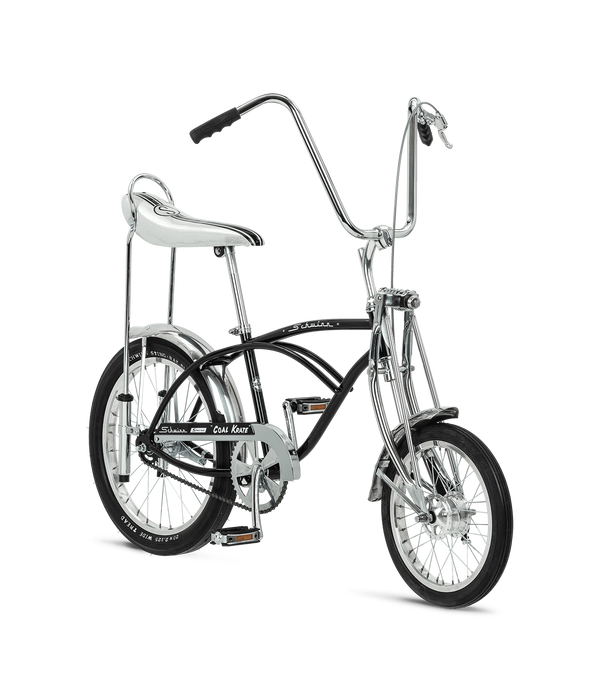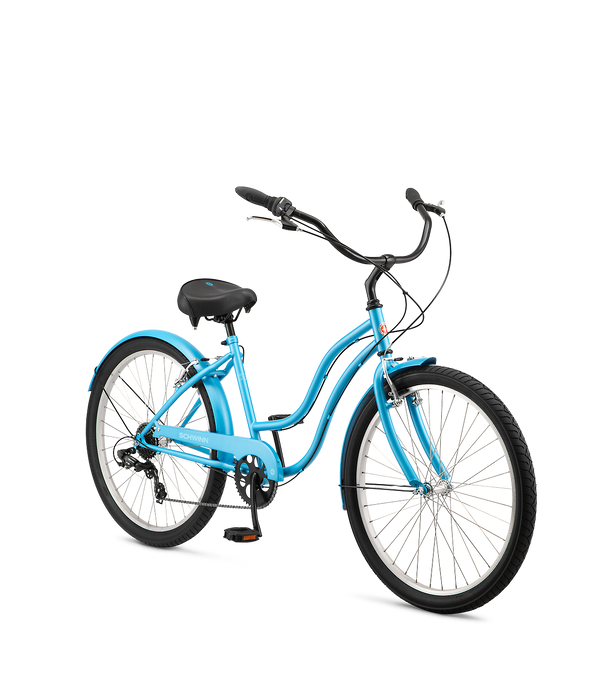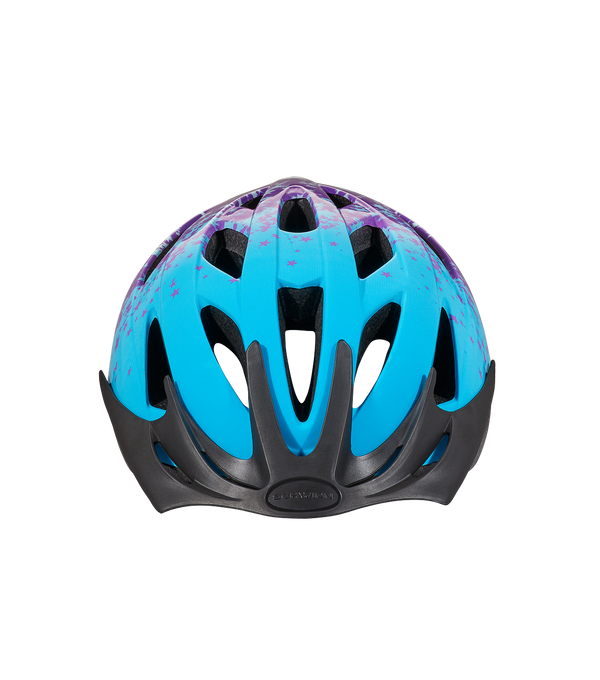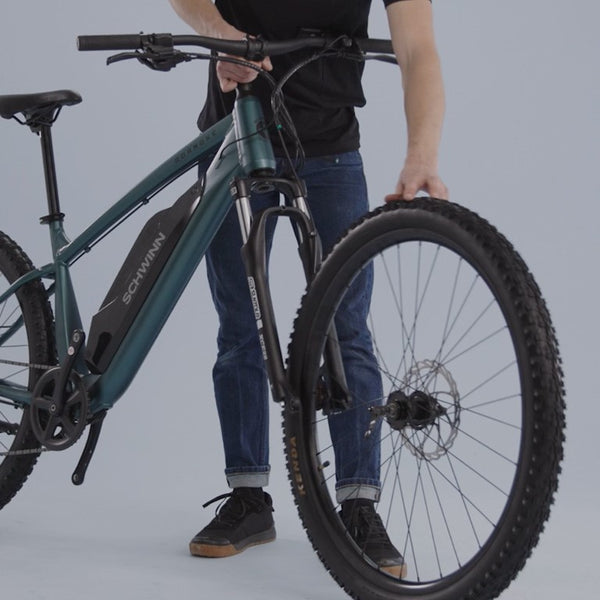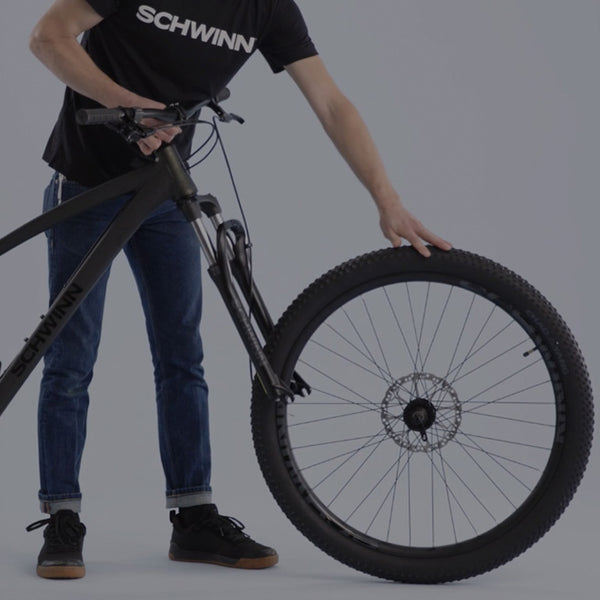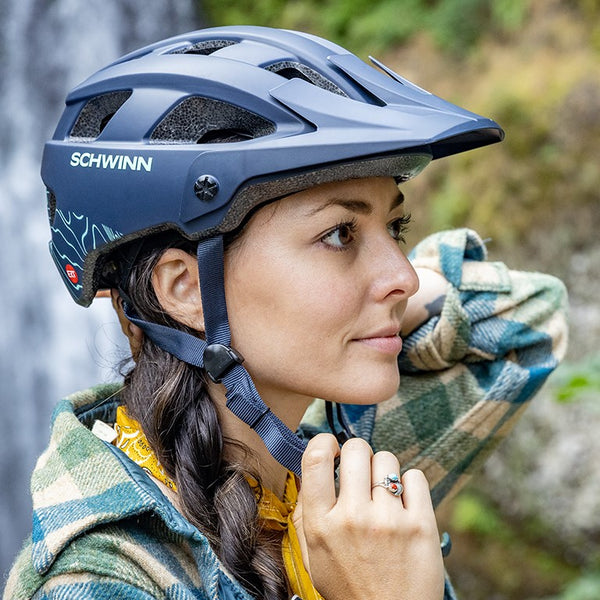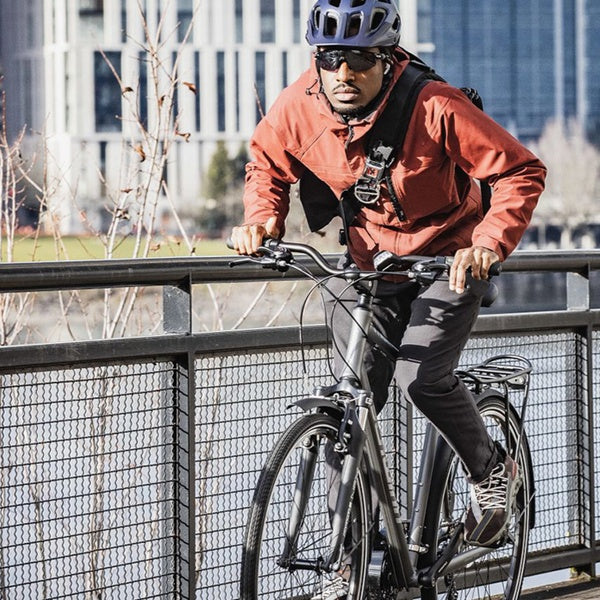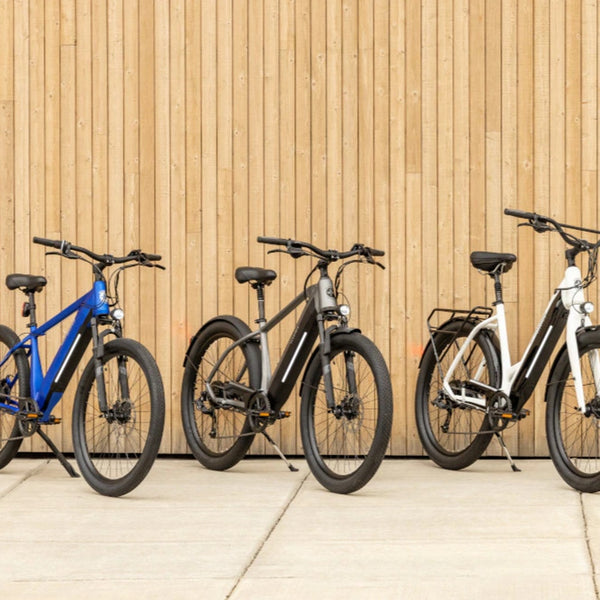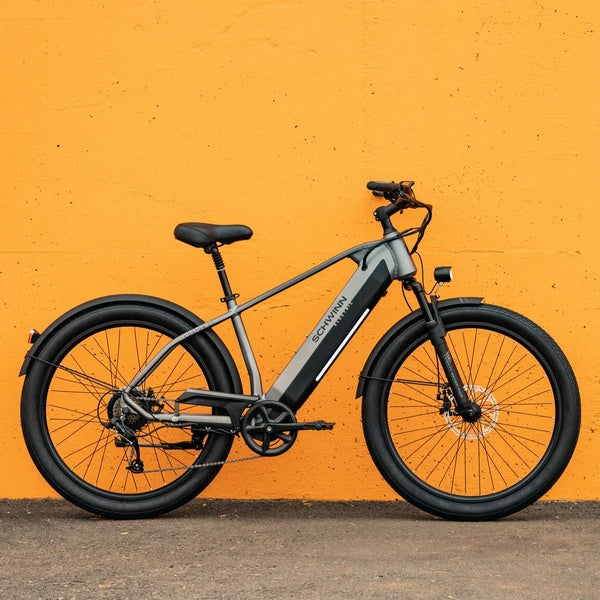Choosing the right bike can make all the difference in your cycling satisfaction. It might seem tough to decide which type of bike to go for; after all, there are countless styles to choose from. But fear not — there are 3 easy questions that will help you find your answer.
1. Where Do You Plan on Riding Your Bike?
Generally, bikes are designed to ride on specific terrain and will perform best when riding on the appropriate terrain for the bike. For example, a mountain bike is less efficient on a paved road and a road bike won't get you very far on a dirt trail. The good news is, because of all variations in terrain there are many different styles of bikes to match.

For most rides, there are three terrain categories to consider when it comes to purchasing a bike:
-
Paved Surfaces: streets, sidewalks, and bike paths.
-
Mixed Surfaces: gravel or packed dirt trails.
-
Off-road surfaces: loose dirt or rocky forest trails.
Each of these terrain categories correlates to several styles of bikes that are ideally suited for that environment.
The fact is, there are a lot of bike styles and types to choose from. If you aren’t sure what style you are looking for, that’s OK. Check out our blog post on choosing the right bike for further guidance.
2. How Much Should You Spend?
Bikes are available at a wide range of prices, but you don’t need to spend a fortune to get a great bike. At the same time, as price goes up, the components of the bike tend to improve.
A higher price-point usually means you'll have a lighter bike with more features, but you don't have to break the bank to find a great ride.
A note on weight and materials
The weight of a bike is most often linked to the materials of the frame, although components also contribute to the overall bike weight. Bike frames generally come in three basic forms:
-
Steel: A steel frame is sturdy and absorbs some vibrations when riding but is the heaviest of the three.
-
Aluminum: Aluminum frames are the most popular, they are both light and stiff and are widely used across many bike styles. The trade-off is that you feel a bit more vibration from the terrain.
-
Carbon Fiber: A carbon frame is the lightest of the three materials, but also the most expensive.
What are bike components?
As mentioned, as the price goes up on your bike the level of components that are on your bike also tends to increase incrementally.
Components: Any mechanism or accessories that are attached to your frame and fork. That means anything from the seat to the shifters and brakes, to the pedals and rims of your tires.
Components are specified for the style of bike that you choose. This might mean a different style seat, a certain type of brakes, specific wheels and tires, and even a drivetrain.
If you plan on riding often or increasing your fitness on the bike, it's better to invest a little more upfront on your bike, so that it will be able to grow with your experience level. Another option is to buy a bicycle with a frame that you enjoy now, and if you need to, upgrade the individual components later.
3. What Kind of Rider are You Hoping to Become?
The last and arguably most important question involves some self-reflection. What kind of rider are you hoping to become? Use the list below as a guide:
-
Recreational: Riding for fun, occasional transportation. Nothing too serious, something like one of our cruiser bikes.
-
Commuting: You want to switch up how you get to work and/or make biking your main form of transportation. Look into the Coston and Marshall e-bikes for inspiration.
-
Training: Bike races, triathlons, and the like. Our Fastback series is a good place to start.
-
Exploration: Maybe you want to try a new sport, like mountain biking, or simply want to check out the trails in your area. A mountain or hybrid bike sounds like your best bet.

Time to Check Out the Bikes!
Once you have a good idea about where you want to ride your bike, how much you want to spend, and what level you plan on riding at now and in the future, you will be better able to make your final choice.
